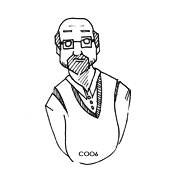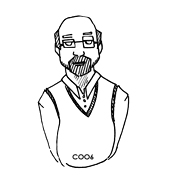Convection

In the first more qualitative Basic Nowcasting exercise cells were followed from 10.00 on where they mergend from several smaller cells at the border between Italy and Switzerland. All three cells move into the direction of the city Bern, then across Zürich and to the Austrian city Bregenz where the high cirrus shield arrived at 12.00. Looking into the quantitative nowcasting method: At which point of time can be decided about an arrival of this cell or cell group at the town Bregenz?
- At 10.30
- At 11.00
- At 12.00
- This is exactly the time period of the passage
- It is between 11.30 and 13.00
- It is between 12.00 and 13.45

"What do you think now? Is there any advantage in the quantitative nowcasting method over the qualtiative method based on observing sequences?"

"Yes - my sceptical position did not come true; I think we can much earlier recognise from where and which convective cell will arrive in the next two hours. That means we can very clearly fix and follow a special cell. Deviations from nowcast passage time was always through the development and change of cells. This is what you promised to teach me in a future lesson."

"Yes; But before this lets look into our third example, the fog example. Do you think that the quantitative nowcasting methods with CMVs will improve fog nowcasting?"

"Well - I was already wrong with my opinion for the convective systems. What I have learned till now was that the quantitative nowcasting method with CMVs is especially useful where there are quick movements. This is usually not the case for fog areas."

"Let's look at our practical example."
"Follow
this link
to begin!"